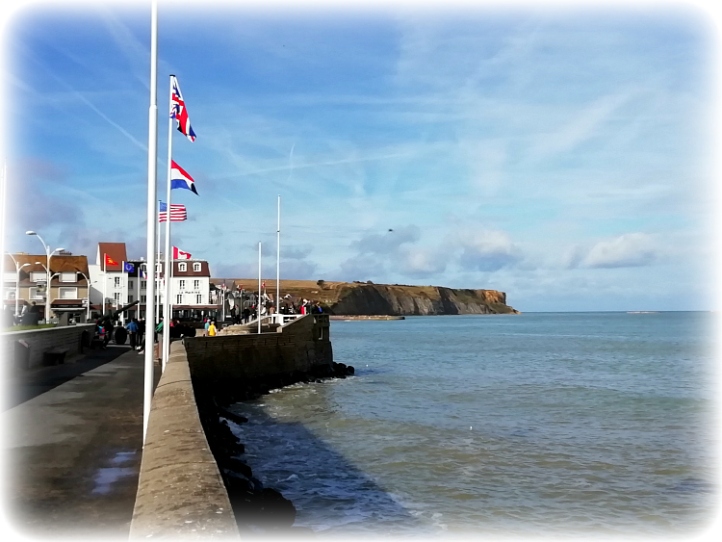
This handsome young chap is my Dad at about 17 years old. He served in the Merchant Navy during the Liberation of Europe and our trip to France was partly fuelled by a desire to get a greater understanding of the area and visit the museum at Arrromanches des Bains. So you will have to allow me this somewhat personally indulgent post but I want a record of my visit. I will try not to be over sentimental or get too bogged down with facts and figures (my weakness I’m afraid).
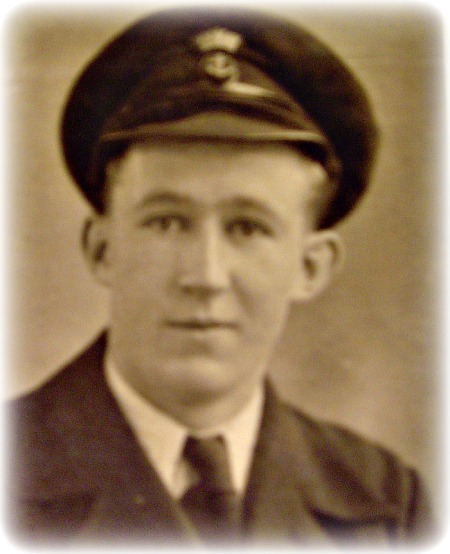
Like most men and women who served in war, he said very little about his experiences. The only things I can recall is him telling me that he went over a few days after D-Day and blew the bottom out of a couple of ships. Being unable to get a ship back straight away due to the number of casualties being evacuated, he camped on the headland with a few other seamen for a few days before joining another ship to keep the supplies coming across the channel. All very understated when you see footage and hear the battle raging just a few miles inland.

Codenames and Jargon
- Operation Overlord – Allied codename for the Battle of Normandy
- Mulberry – codename for the harbour building project
- Blockships or Gooseberries – codenamed Corncobs ships intentionally scuttled to form a fixed breakwater
- Bombardons – floating breakwater
- Phoenix Caissons – huge blocks of concrete in different sizes, towed over and then flooded to sink to the seabed
- Liberty Ships – large ships which dock outside the the harbour in deeper water
- Port Winston – name given to the complete harbour
- Whales – floating roadways
- Beetles – pontoons supporting the whales
Now you are all clued up on the jargon the following may make a bit more sense.
What was the plan?
When the D-Day landings were planned the Royal Navy considered the beach landing craft not robust or large enough to land the huge amount of soldiers, equipment and supplies needed quickly for the frontline. A favourable tide was also needed for these craft. Capturing and holding a well defended port was out of the question within the first few days. As early as 1941, Winston Churchill had been exploring the use of amphibious warfare techniques and temporary loading quays. To be effective, the temporary harbour needed to have the capacity of the port of Dover (which took seven years to build) and be ready for use within 3 days. The sections for the harbour would be built in secrecy in Britain and there would be two of them, Mulberry A at Omaha for the Americans and Mulberry B at Gold for the British.
On the afternoon of 6th June the first of the Corncobs made their way across the Channel and 132 tugs were preparing to tow the other harbour elements. Several German gun batteries were still operating at this time and they successfully sank two or three blockships. Luckily these ships were almost in their required position. Whilst the Germans were celebrating these sinkings, little did they know that they were giving us a hand.
Both Mulberry A and Mulberry B were increasing capacity day by day but on 19th June a storm, Force 6 to 8, hit the Channel. The worst summer storm for 40 years and it lasted 3 days. Mulberry A at Omaha was far from complete and more vulnerable so was damaged beyond repair. Mulberry B, now known as Port Winston, was damaged but up and running again within hours.
Arromanches des Bains
We had been in Normandy a few days and seen other beach landing locations but today was the big day for me. Being totally focused, we had even worked out the tides so that we would be able to see as much as the beach as possible and the remains of the Mulberry harbour, gooseberries, bombardons and blockships. It was surprising to see how much was still visible at low tide and it certainly brought home the scale of the operation.
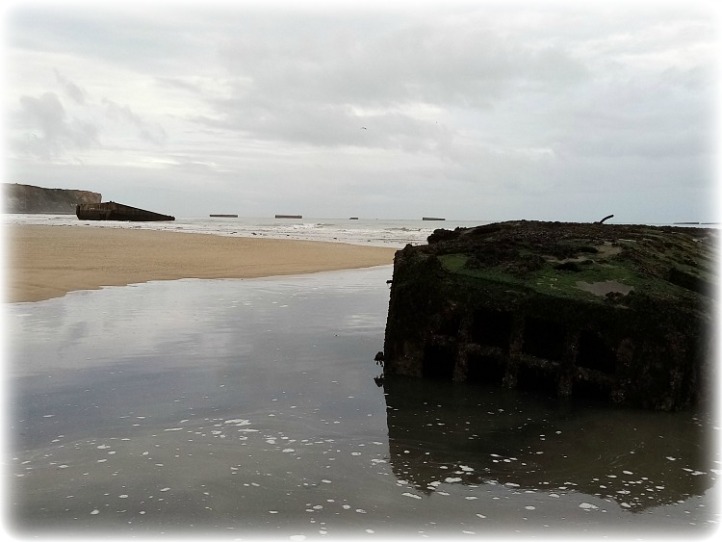
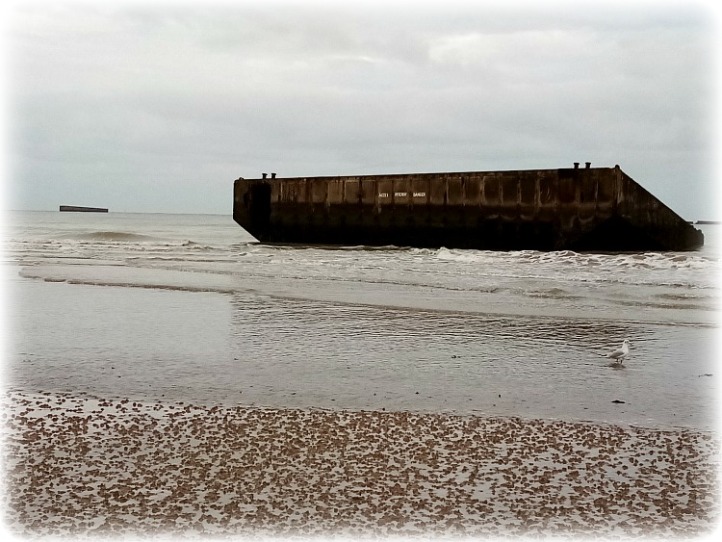
After some time on the beach, we headed up past a monument to Allan Becket who designed the floating roadways element of the harbour, we headed up hill to the cliff top to get an aerial view of what remained of Port Winston. Even today, it is quite an impressive sight. We visited the Arromanches 360 cinema which was a more generic film than we thought but it was well done, although I think the best film we saw during our stay was at The D-Day Experience.
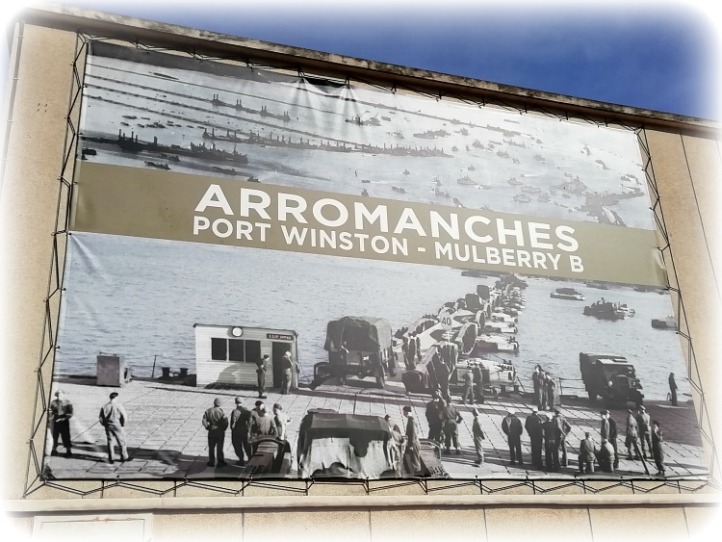
Arromanches itself is a small seaside town really but at every corner a memorial or plaque to a regiment or organisation, all of whom contributed to the liberation of this town and so many others like it along the coast. It obviously has a few souvenir and memorabilia shops for those veterans and visitors but we headed for the Hotel Normandie overlooking the sea for a coffee.
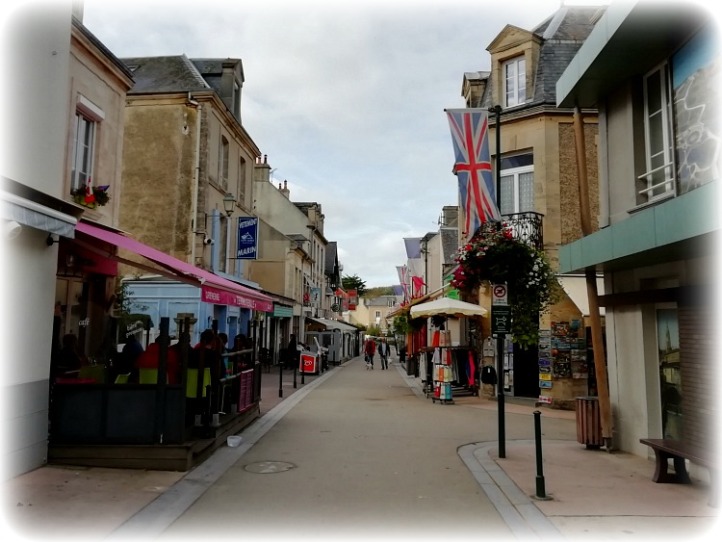
With a caffeine burst it was time to go to the museum, Musée du débarquement. There had been a number of coach trips there during the morning but we arrived at just the right time. There was a cinema with short film, some very good models of Port Winston and lots of detail about it’s role in Operation Overlord.
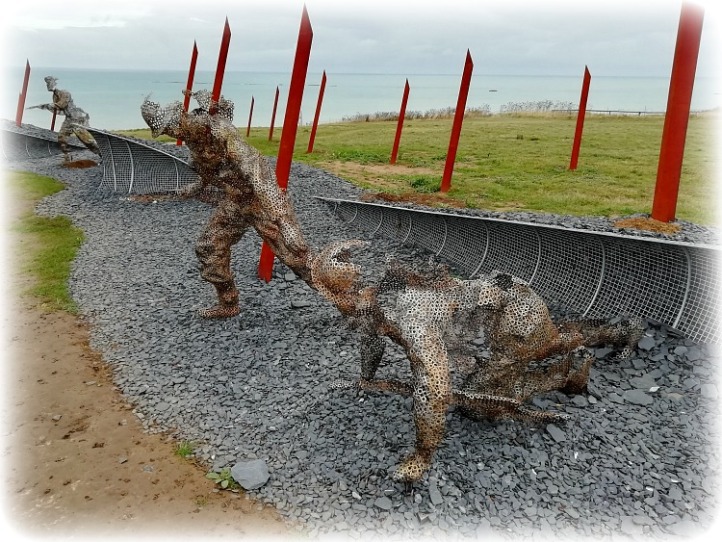
The most spooky thing of all was that we think we saw my Dad on a very grainy black and white film of the blockships. We stood and watched the loop a couple of times just to be sure and we are both 99.9% sure it’s him (something about that nose!)
We left with the feeling that the role this huge engineering feat played was pivotal to the success of the Battle of Normandy and onward defeat of the Germans. Basically, soldiers can’t win a war without the equipment and supplies to do so.
Overall, we have been selective on museums but have found all of them interesting. It is probably because I have a personal attachment to this one but there is also something about the lovely town and the fact that you can actually see remnants of that time so clearly in the waters and on the beach that it had a bigger impact.
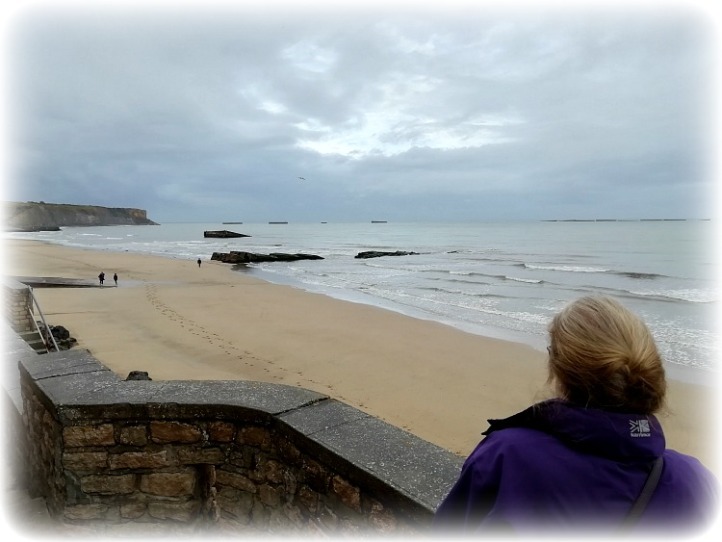
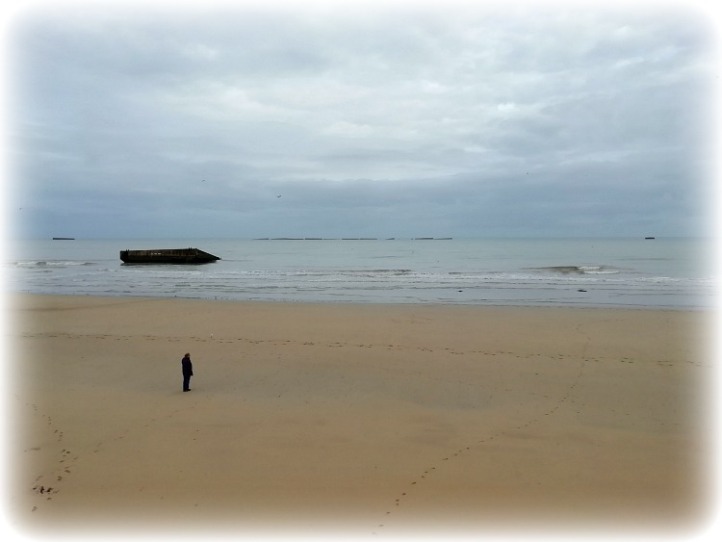
The Numbers
Here are just a few of the figures about Port Winston that blew us away:
- 6,939 vessels in the invasion fleet
- 660,000 tonnes of concrete and 31,000 tonnes of steel were used to construct the phoenix caissons
- Designed for 3 months use – it was used for 10.
- 2.5 million men landed via the Port
- 500,000 vehicles
- 4 million tons of supplies
- 3.7 miles of breakwater
- 10 miles of floating jetties
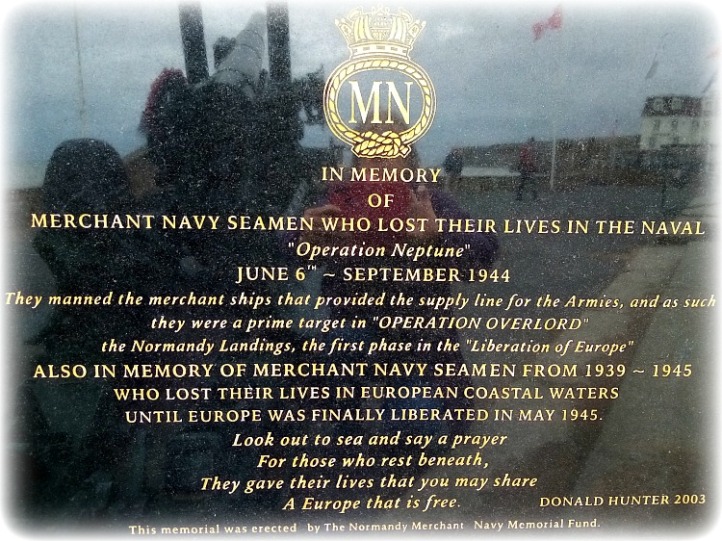
Never Forgotten
My Dad visited Arromanches with the Normandy Veterans Association a few years ago and it must have been very surreal for him. To travel with other veterans and share their different experiences must have made for some interesting, passionate and moving reminiscing.
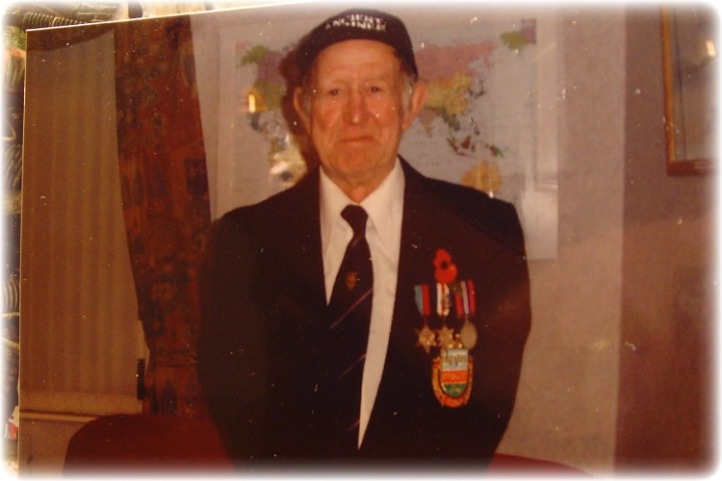
My Dad sadly passed away on the first day of 2015 at the age of 87. He was a fiercely independent man his whole life and even in the last few years of his life thought nothing of jumping on his motorbike and heading 600 miles to Scotland. In fact, he completed what he called the End to End (Land’s End to John O’Groats) twice in aid of Diabetes UK. He did it one way then thought it might be interesting to do it in the other direction.
Despite this outward persona, I can only wonder what was going through his mind at what seems such a young age during his time relaying supplies through the U-boat infested waters of the channel and seeing many vessels not making it. Like so many relatives of other service personnel, I am proud of his involvement and hope to attend the Remembrance Service at the Tower Hill Memorial in London which commemorates the 12,000 names of mariners from the Merchant Navy and fishing fleets who died in WWI and 24,000 from WWII. These sailors have no graves or headstones, all were lost at sea and their sacrifice is remembered here.
Our trip has brought home how easily my Dad could have been on that memorial.
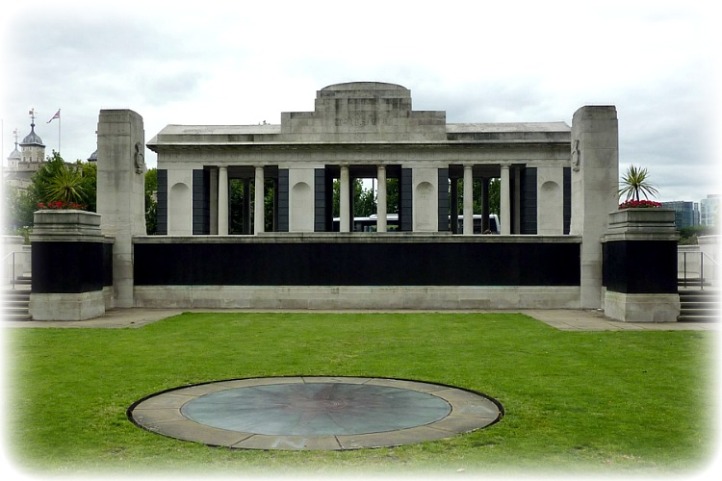
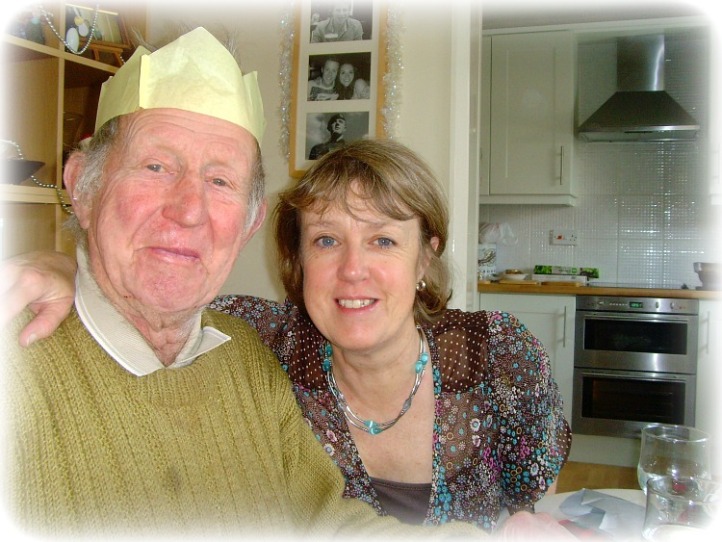
28/09 – 02/10/2019



In honour of your Dad. X
LikeLiked by 1 person
Just one of the many.
LikeLiked by 1 person
Beautiful tribute to your brave dad. They really were the greatest generation.
(BTW – I can see the resemblance between you and your dad!)
LikeLiked by 1 person
I think he just did what he did and never thought of himself as brave. Jonno thinks it funny that I look like him. Is it the sprouting nasal hair
LikeLiked by 1 person
LOL! No – it’s the apple cheeks and smile!
LikeLike
A poignant tribute to a very brave man. It must of been a surreal experience for you Jo. A lovely picture of the two of you at the end.
LikeLiked by 1 person
Thank you Liz. One proud daughter.
LikeLike
Lovely words and pictures of Grandad. Let’s organise a return trip that I’m free for next time, as I’d love to visit some of the places he saw during the war.
Well done Mum x
LikeLiked by 2 people
We would so love to go again. Very touched by your lovely comment. xx
LikeLike
We visited this part of Normandy in 2008 and it was amazing and very moving. I can only imagine how much more significant it must have been for you with such a deep and emotional connection. Thank you to your Dad for his service.
LikeLiked by 2 people
So emotional. Pride and thanks that he was one of the ones to return home.
LikeLiked by 1 person
What a wonderful tribute to your Dad. He, along with so many, must have been so very brave.
LikeLiked by 1 person
Thank you. It was long overdue but after visiting Normandy and being so moved I had to write.
LikeLiked by 1 person
Lovely post Joanna and very touching. That’s amazing that you saw him on the film. We went to the Normandy beaches a couple of years ago and it is just so hard to imagine what they all went through.
My grandfather was in Italy and North Africa and it was only he got older that he spoke about it, they just lost so many friends.
LikeLiked by 2 people
So many young lives lost. Can’t imagine as a mother how that must feel. They gave their today for our tomorrow…
LikeLike
Great tribute!
LikeLiked by 1 person
Hard to do this part of history justice but hopefully captured some of the scope of what was achieved by the allied combined forces.
LikeLiked by 1 person
I think you’ve done that alright.
LikeLiked by 1 person
Thank you.
LikeLiked by 1 person
Lovely post Jo – to your Dad and all of the other brave men and women who paid a high price for us to live in peace.
LikeLiked by 1 person
Thanks Andy and very true.
LikeLike
Fabulous post Jo the best ❤️
LikeLiked by 1 person
Thanks Shelagh
LikeLike
How fabulous to see your father on film in action like that. It must really have made the whole experience much more personal. A lovely tribute.
LikeLiked by 1 person
It really brought everything he explained to life. Just wish I could have gone with him at some stage.
LikeLiked by 1 person
I love historical information…
LikeLiked by 1 person
And there is so much out there to learn about.
LikeLiked by 1 person
Agree!
LikeLiked by 1 person
This brought a tear to my eye, especially when I got to the last photo. What a fitting tribute to your dad to visit these sites – and how amazing to catch a glimpse of him! That must have been an emotional moment.
LikeLiked by 1 person
A tear was never far from my eye most of the time in Normandy and ever present when writing the post. For him and all those other men, women and children of all nationalities, military or civilian for their experiences through the war years.
LikeLiked by 1 person
What an opportunity ….it’s also hard to imagine our parents as young people in the same way our boys wouldn’t see us as youngsters! It brings home the enormity of what these young men did so we could be free.
LikeLiked by 1 person
Very true.
LikeLiked by 1 person
Like his brothers in arms your Dad was a remarkable man engaged in the most remarkable of stories. You should quite rightly be very proud. Ringo told me a few tales about your Dads adventures. I think I would have liked him very much.
LikeLiked by 2 people
He was quite a character and these experiences probably helped shape his independent character.
LikeLiked by 1 person
Fabulous post, those guys were so brave. I recently finished reading a book called Ready to Strike which was a history of one of the Aussie flying squadrons who flew in the Battle of Normandy. An old friend of ours was one of those pilots. He would have been up there keeping the skies clear for your Dad to get the supplies through.
LikeLiked by 1 person
Sounds like my type of book. There are so many stories to be told from every angle about the liberation. Makes for a lot of reading.
LikeLiked by 1 person